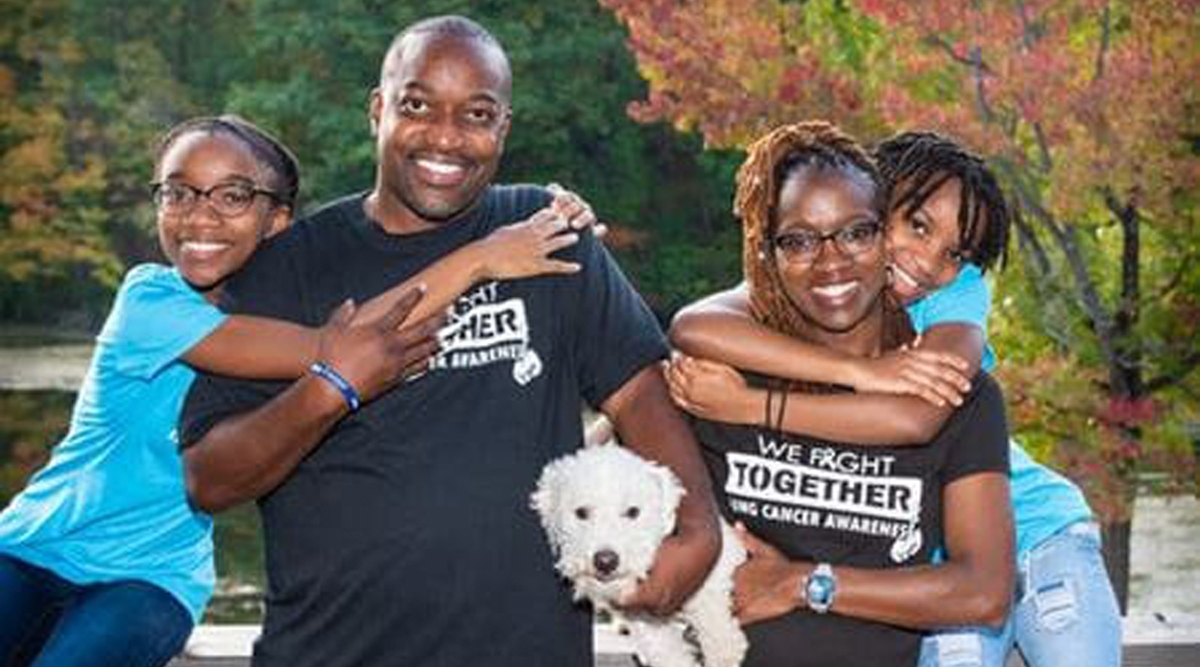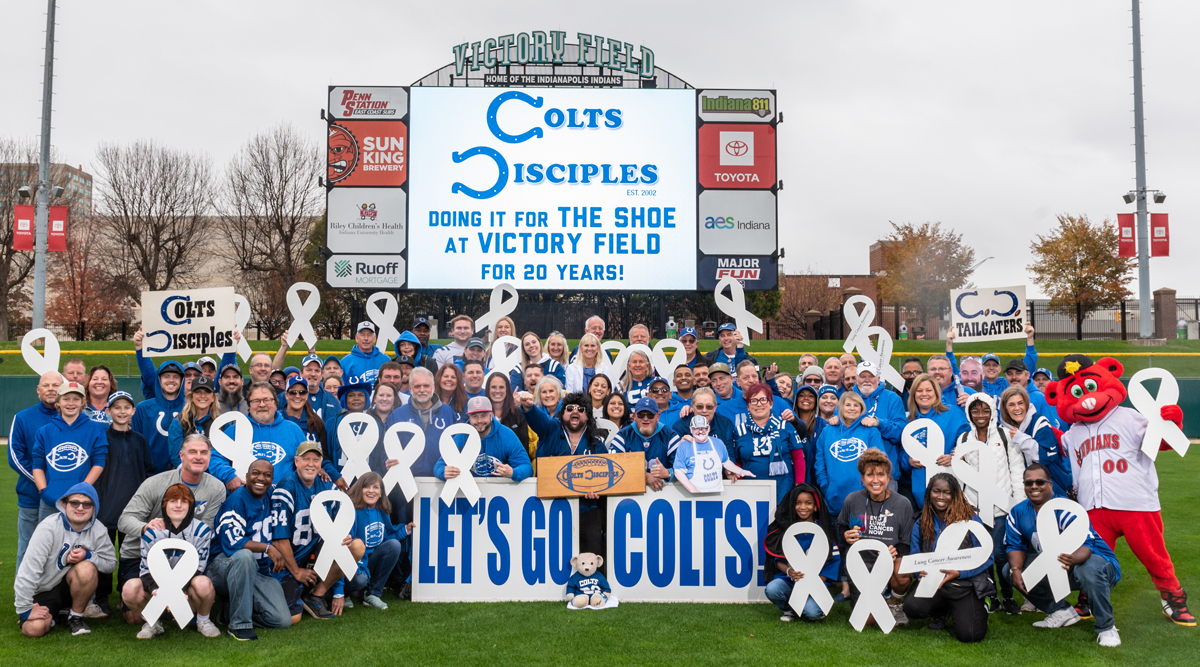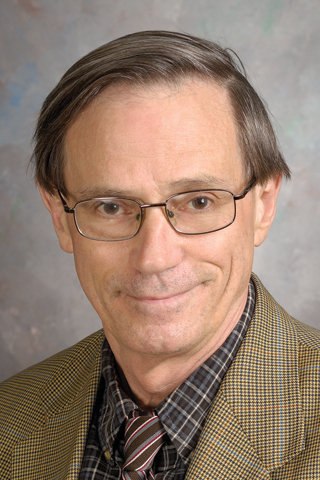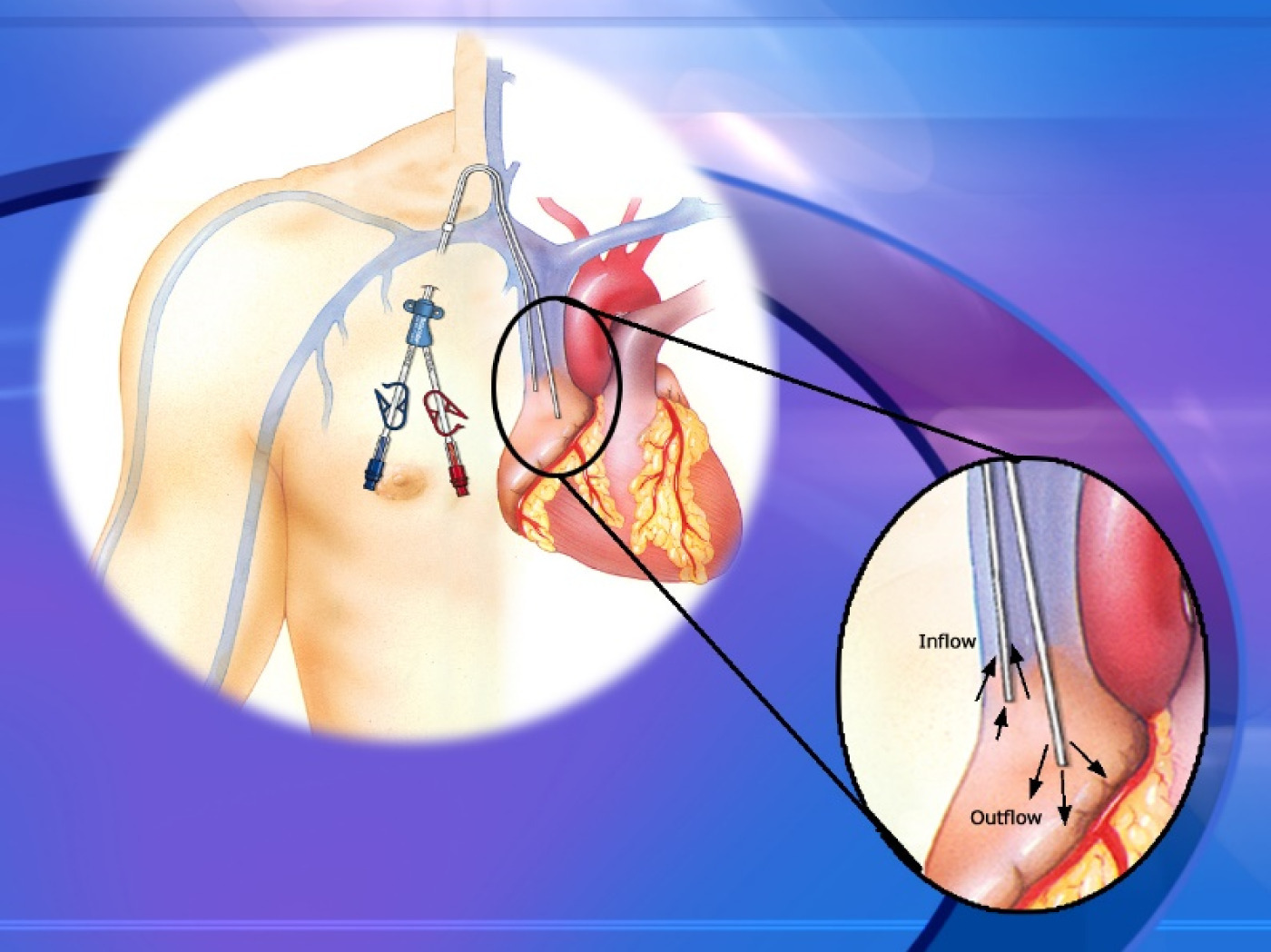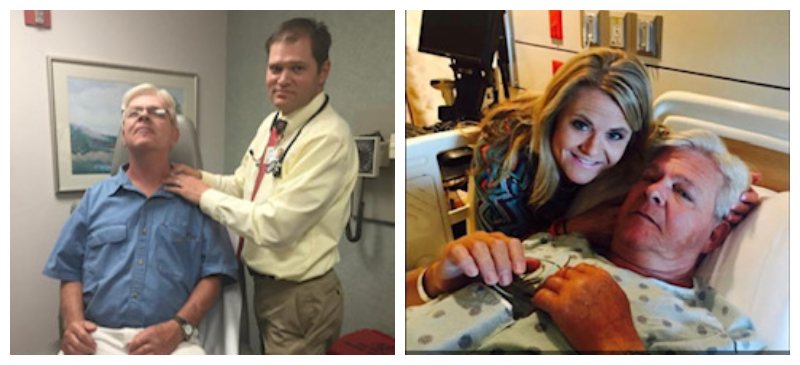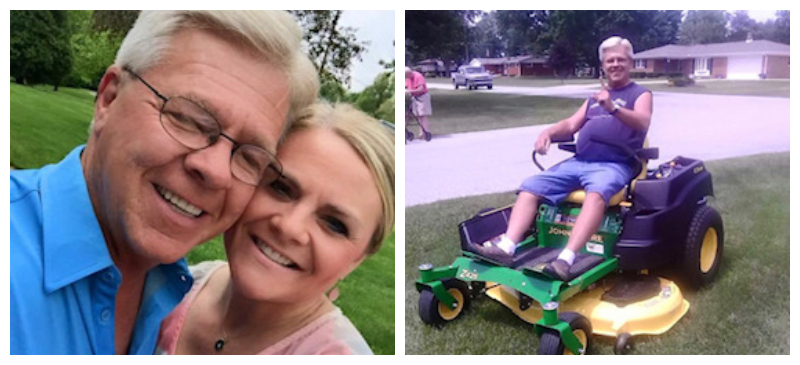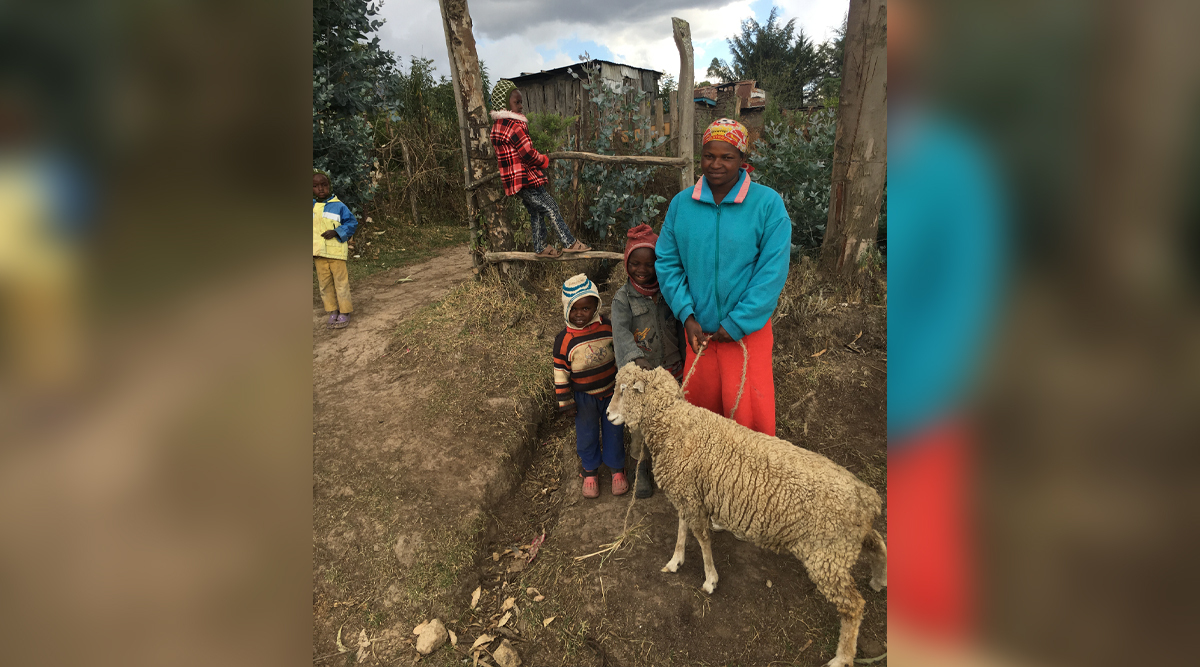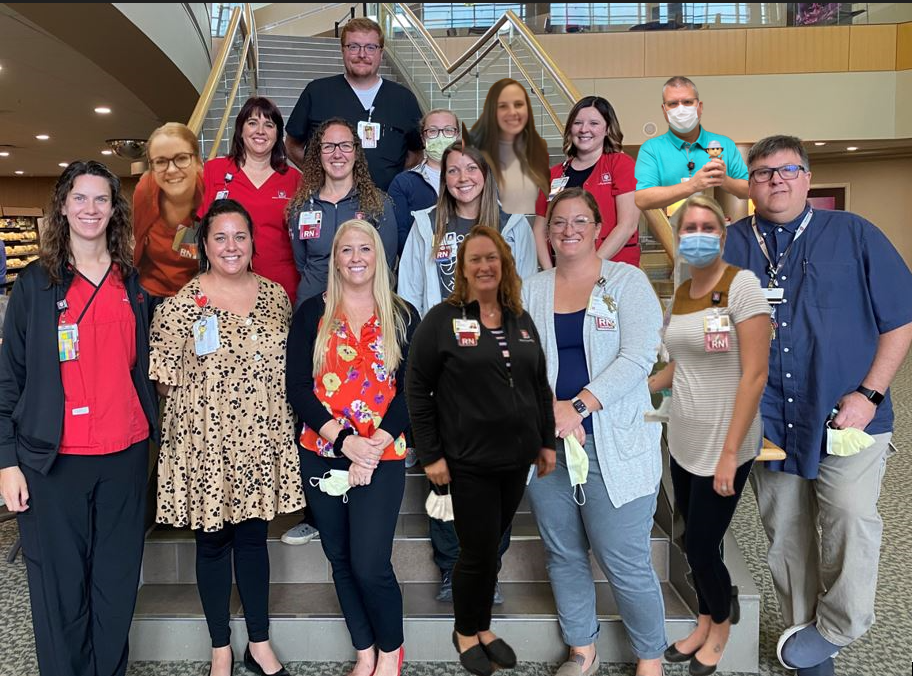They trace their history back to the 1960s. This family spans four generations of providing service to IU Health patients and families.
By IU Health Senior Journalist, TJ Banes, tfender1@iuhealth.org
She can tell you a few things about nurses dressed in crisp white uniforms with the starched caps. She can also tell you little bit about historic diseases and viruses such as HIV/AIDS and COVID-19. She also knows the date the first organ transplant was performed.
Margie Helton has seen a lot in her 44 years with IU Health. She’s also seen it through the eyes of three other family members beginning with her mother, Lucy Reeves. It was in the late 60s that Reeves joined IU Health working as a dietary aide.
Even at a young age, Helton was familiar with IU Health. She often came to work with her mom and sold candy in the Coin Cafe in the basement of Methodist Hospital. The funds supported her membership in the Bluebird Campfire Girls.
In 1978, Helton began her own career with IU Health Methodist Hospital as a file clerk. She eventually moved into the area of Revenue Cycle Services, working with self-pay patients and sometimes filling in as a hospital cashier. She’s also worked in financial counseling, helping uninsured or underinsured patients enroll in assistance programs.
In addition to her work with IU Health, both of Helton’s children were born at Methodist Hospital and she and Reeves were at one time hospital patients.
Her daughter, Tara McKinney started her career with IU Health in 2019, working in radiology scheduling and now is an administrative assistant. Helton’s grandson, Denver Helton, also joined the IU Health team in 2019 and works with physician scheduling.
What does it mean to carry on her mother’s legacy?
“I have a passion for helping others. I’ve known people in my family and friend groups who have put off healthcare because they are afraid of the cost. I want to be a caretaker of people in this situation, to not let finances be a barrier to obtaining good healthcare,” said Helton.
“It can be stressful going to the hospital – even in the happiest of times. I’m proud to work at IU Health and be a helper for others,” said Helton, who works at the Shadeland Avenue offices.
Her daughter has never known a life without her mother working at IU Health and her grandson shares the same familiarity. McKinney remembers coming to work with Helton and being referred to as “Margie’s baby.” In her role with IU Health, McKinney says she is one who brings people together and promotes optimism and positivity with her team.
Denver Helton earned a degree in journalism from IU Bloomington and first worked in registration. He quickly recognized his purpose and ways to grow in the field of communication.
Although she doesn’t see her family members at work, Margie Helton shares a home with McKinney and her husband and youngest child. Outside of work, the family members enjoy, traveling, attending sporting events and participating in health and fitness activities.

